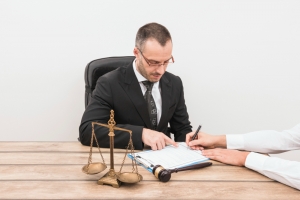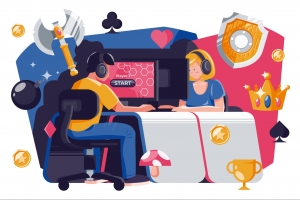Group art exhibitions are a great way for emerging artists to get attention on their work and capture an audience. These exhibitions provide the opportunity to engage in a community of like-minded creators in the local art scene.
Knowing how to organize a public group art exhibition requires a lot of careful planning and prep work but doesn’t have to be difficult. Consider these helpful tips to put together an organized, memorable event.
Define a Clear Vision and Theme
The first step in organizing your exhibition is to establish a clear theme. Whether it’s based on the style or subject material, the artists taking part in the exhibition should work toward a singular vision. A unifying theme that ties all the pieces together helps your exhibition feel cohesive. Consider some of the exciting art trends of 2025 as you find artists looking to work toward a common goal.
After figuring out the theme and selecting artists, hold regular discussions so that everyone understands the direction of your exhibition. A well-defined vision helps set the tone for the event and keeps all participants on the same page.
Find the Perfect Venue and Lay Out the Logistics
The right venue can make all the difference when it comes to your venue. Reach out to local galleries, boutiques, cafés, or creative hubs that align with the atmosphere you want to convey. Get in touch with venue managers early to discuss availability, rental fees, and permitted activities.
Logistics play a big part, so consider the size of the venue and how you plan to present all the pieces. Space the works out to give viewers a chance to engage with them without the exhibition feeling too crowded. A checklist can help you cover essentials like lighting, signage, and other necessary display materials you need. Don’t forget to tape out floor plans or use sketches to map out the layout ahead of time.
Promote and Engage Your Audience
A big part of organizing a public group art exhibition is promotion. Create eye-catching invitations or posters, and leverage social media platforms to share details about the artists and the event itself. Collaborate with local businesses or other community organizations to help spread the word. As you plan promotions, think about how to create a memorable experience for attendees. You could include artist talks, live demonstrations, or interactive elements to foster deeper engagement.
With these helpful tips, you can bring the local artistic community together and create an event that resonates and inspires audiences. These community events strengthen the culture in your area and give artists a chance to elevate their work to new heights.






